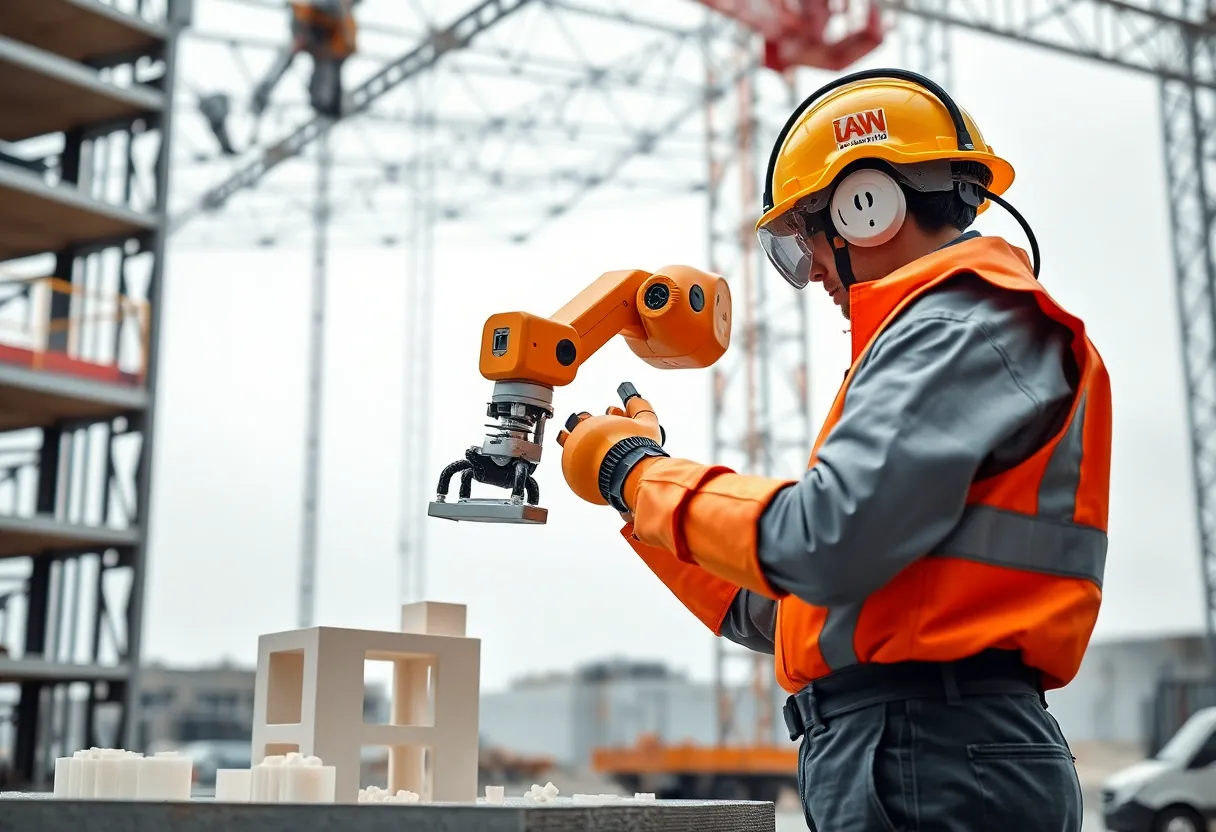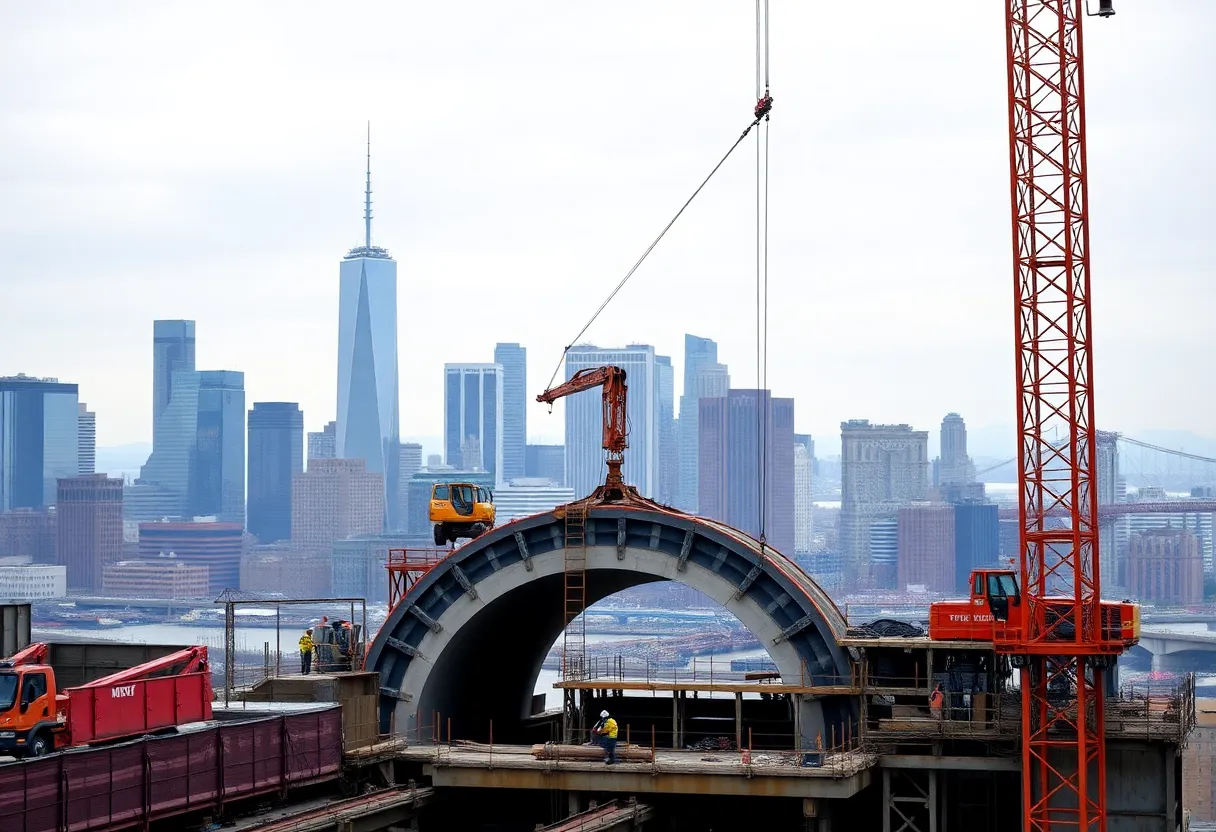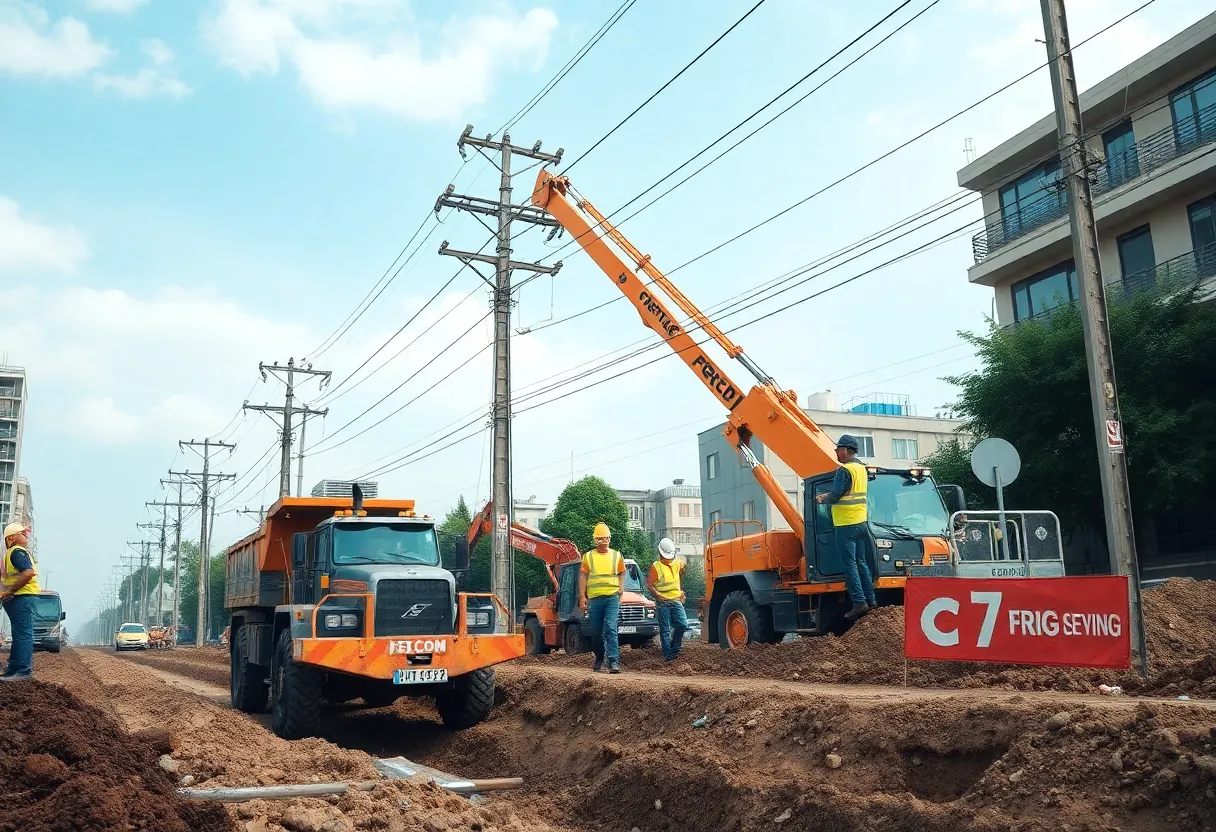News Summary
The construction industry is rapidly evolving with advancements in 3D printing and worker safety technologies. These innovations promise to enhance efficiency and safety on job sites, paving the way for a more streamlined construction process. Notable applications include the use of 3D printing in home building, while new safety systems are being deployed to reduce accidents. As companies embrace these technologies, the future looks promising for both construction and worker safety.
Revolutionizing Construction Through Technology
The construction industry is experiencing a seismic shift with the integration of advanced technologies, including 3D printing and enhanced safety measures. These innovations not only streamline processes but also significantly improve worker safety on job sites. As the industry faces challenges due to its fragmented nature, characterized by a variety of companies and trades, the introduction of automation and digital tools is setting the stage for a new era of construction efficiency.
3D Printing: A Game Changer for Construction
One of the most promising advancements in the construction field is 3D printing. This technology allows for the layer-by-layer construction of building components, utilizing digital models that are adapted for 3D printing workflows. The potential for 3D printing to revolutionize building erection is significant, with concrete being the most widely used medium in this process. Although 3D printing has been available for consumers, the challenges associated with using concrete, such as environmental factors impacting the drying and curing processes, necessitate ongoing research and development.
Researchers at ETH Zurich have been exploring innovative methods that incorporate dry materials to enhance precision in 3D printing. Such advancements are crucial in overcoming the inherent challenges of traditional concrete usage while also facilitating the move toward sustainable practices. Initiatives like those undertaken by Habitat for Humanity exemplify the tangible benefits of this technology; in 2021, the organization successfully 3D printed over 70% of a 1,738-square-foot home.
Sustainable Practices in 3D Printing
In addition to improved efficiency, sustainability has become a focal point in construction technology. The use of geopolymer concrete is on the rise, offering a way to lower carbon footprints associated with building materials. Additionally, technologies that enhance the insulation properties of walls, such as phase change materials, help reduce energy loads required for heating and cooling, further promoting eco-friendly practices in the industry.
Enhancing Worker Safety with Technology
Alongside advancements in construction processes, improvements in worker safety are becoming increasingly vital. Companies like Sunstate Equipment are deploying innovative safety technologies to enhance driver safety within their service vehicle fleets. Their newly launched Netradyne Driver•i D-450 platform features a four-camera array that provides a comprehensive 270-degree view and incorporates AI capabilities to alert drivers to potential hazards. This system has already proven effective in preventing accidents by allowing drivers to see unseen pedestrians.
The Driver•i D-450 system employs a monitoring approach that fosters safe driving habits without solely focusing on penalizing mistakes. If drivers exceed speed limits, they receive three warnings prior to the camera recording the event for further review. This initiative reflects a commitment to cultivating a culture of safety and trust among staff, which is essential for successful technology implementation in construction and transportation sectors.
Building a Culture of Safety and Efficiency
The implementation of such technologies requires buy-in from both management and employees to ensure trust and minimize interruptions to operations. Recognizing and reinforcing safe driving habits is a key part of the safety monitoring system, further contributing to a safer work environment.
The ongoing development of 3D printing and safety technologies indicates a promising future for the construction industry. As these innovations continue to evolve, they hold the potential to reshape how construction projects are executed, improving both efficiency and worker safety. The integration of these advanced technologies marks a significant step forward in addressing the challenges faced by a diverse and fragmented industry, setting the stage for a more efficient, sustainable, and safer environment for workers and companies alike.
Deeper Dive: News & Info About This Topic
Additional Resources
- AZ Big Media: How 3D Printing and AI Is Changing the Construction Industry
- TCT Magazine: 3D Systems, Penn State and NASA Thermal Management
- Voxel Matters: Researchers 3D Print Longer-Lasting Wearables for Health Monitoring
- AZ Family: Feds Cracking Down on 3D-Printed Machine Gun Conversion Devices
- Arizona Digital Free Press: World’s Largest 3D-Printed Neighborhood Nears Completion in Texas
- Wikipedia: 3D Printing
- Google Search: 3D Printing Construction
- Google Scholar: 3D Printing Technology
- Encyclopedia Britannica: 3D Printing
- Google News: 3D Printing in Construction
Author: Construction NY News
The NEW YORK STAFF WRITER represents the experienced team at constructionnynews.com, your go-to source for actionable local news and information in New York and beyond. Specializing in "news you can use," we cover essential topics like product reviews for personal and business needs, local business directories, politics, real estate trends, neighborhood insights, and state news affecting the area—with deep expertise drawn from years of dedicated reporting and strong community input, including local press releases and business updates. We deliver top reporting on high-value events such as the New York Build Expo, infrastructure breakthroughs, and cutting-edge construction technology showcases. Our coverage extends to key organizations like the Associated General Contractors of New York State and the Building Trades Employers' Association, plus leading businesses in construction and real estate that power the local economy such as Turner Construction Company and CMiC Global. As part of the broader network, including constructioncanews.com, constructiontxnews.com, and constructionflnews.com, we provide comprehensive, credible insights into the dynamic construction landscape across multiple states.





